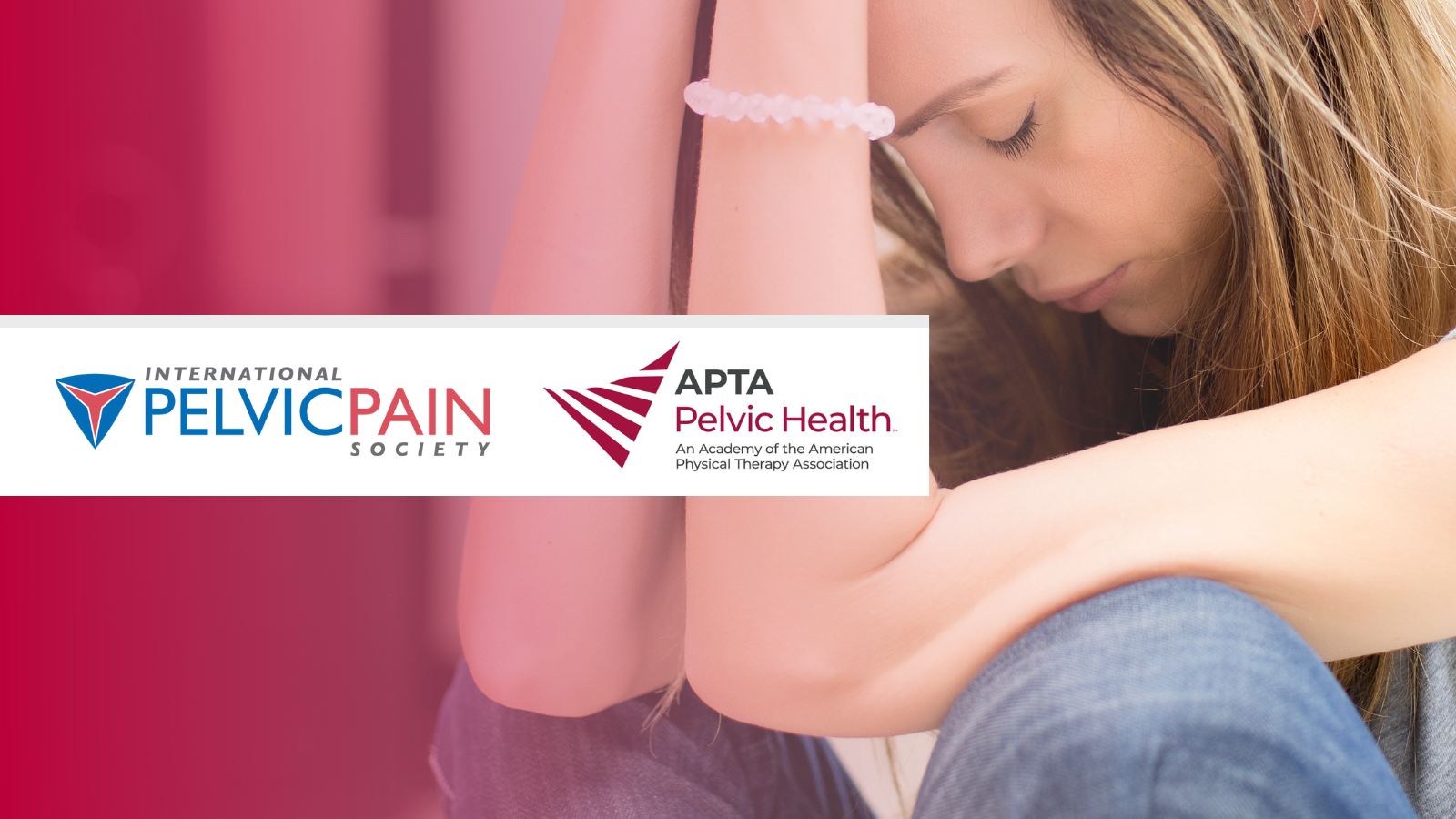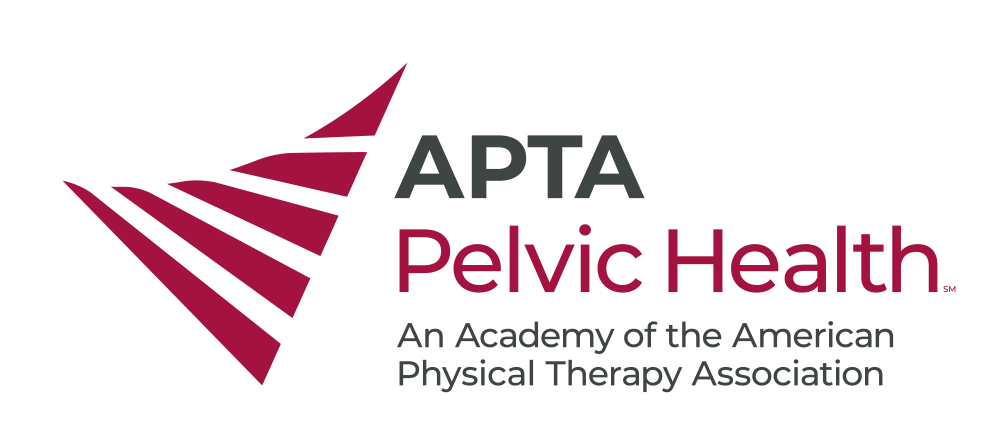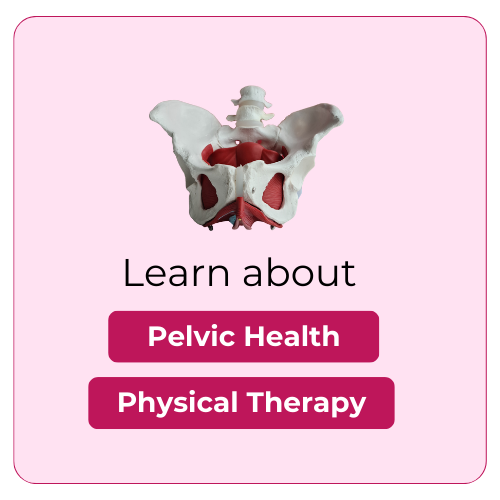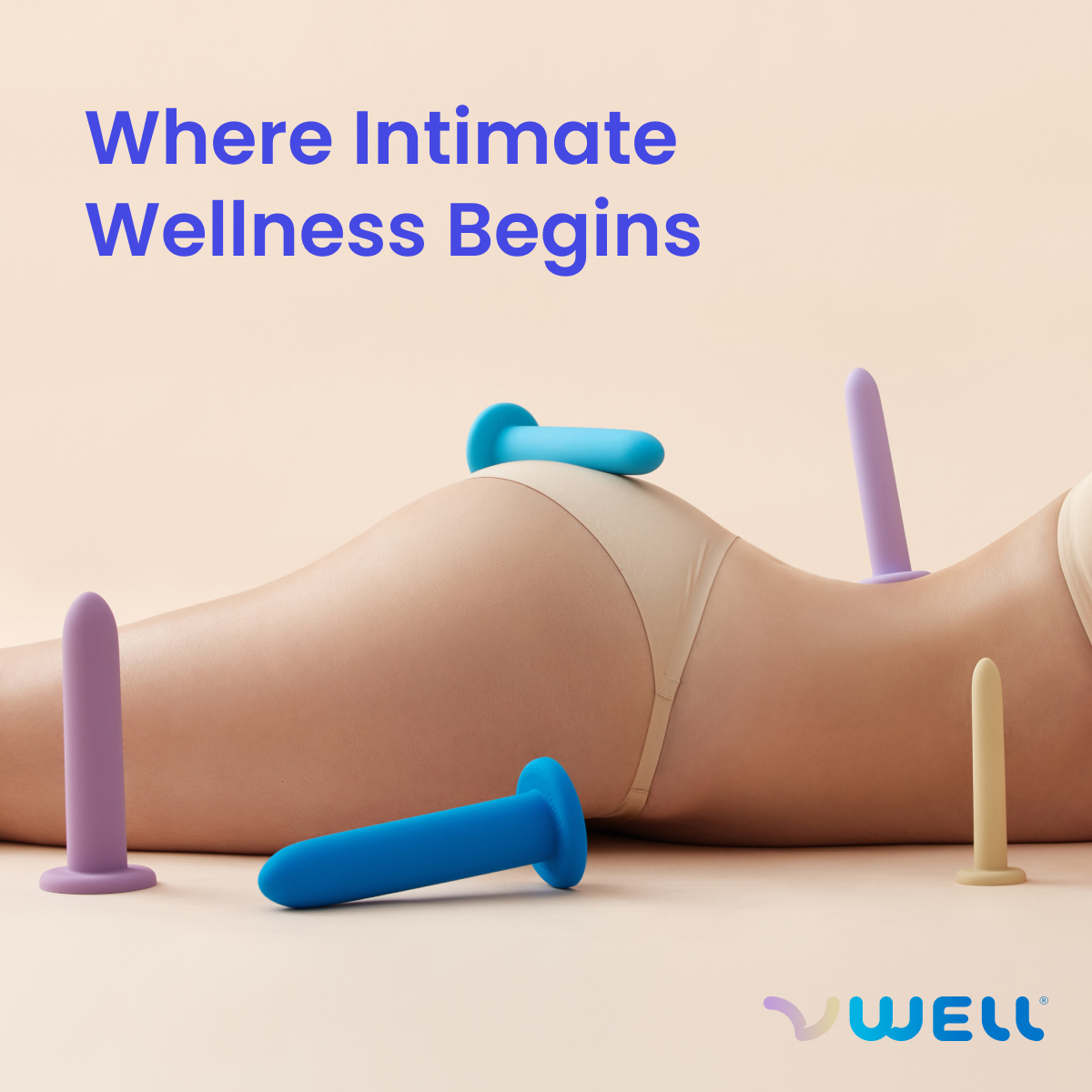Not Your Mom's Period, Adolescent Dysmenorrhea

The American College of Obstetricians and Gynecologists indicates that because of prevalence rates reported at 50% and above of dysmenorrhea in adolescents and its effect on daily function, healthcare providers who work in OB/GYN should be confident in addressing the condition in their practice.
Symptoms associated with dysmenorrhea (painful menstruation) in adolescents significantly affect their quality of life such as sleep disturbance, abdominal pain, muscle cramping, headaches and GI upset. One study demonstrated that 12% of young women between 14–20 years lost on average 1.3 days of school or work each month because of dysmenorrhea and found that ¼ of them indicated they had taken medication for pain without consulting with a provider regarding the source of the pain.
Another study reported 60% of girls said they did not feel comfortable speaking to their teacher about the missing class for their painful periods. Teen girls with dysmenorrhea also present with higher scores on health questionnaires measuring negative effect on physical and psychosocial functioning.
Access and attention for teens experiencing pelvic pain is delayed from onset to diagnosis by almost 5 additional years compared with women who had onset in adulthood. This is further compounded by limited provider knowledge about chronic pelvic pain conditions.
The goals of care include symptom relief and optimizing function in all areas, as well as reducing symptom and disease progression or potential impact on fertility. Treatment must be individualized as there is no single presentation or single treatment option that fits all. It is also important in the treatment journey to identify early the presence of secondary dysmenorrhea.
Adolescents with dysmenorrhea benefit from health positive education for them and their families about their bodies, ongoing support that builds trust and gives patient-centered choices for options. Integration of disciplines that can address optimizing foundations of health and problem solving of symptoms from all aspects such has nutritional, physical and psychosocial areas.
This webinar will address following objectives:
- Describe the symptoms and presentation of primary and secondary dyspareunia in teen girls
- Provide an overview of the impact on physical, psychological, and social well-being
- Explain the medical treatment triage options
- Present recommendations for nutritional, physical, and psychosocial interventions
- Discuss multidisciplinary management of adolescent dysmenorrhea
- Understand manifestation of dysmenorrhea unique to the adolescent
- Obtain an adolescent centered history, physical exam and imaging studies in the adolescent with dysmenorrhea
- Prescribe treatment regimens to effectively manage adolescent dysmenorrhea
- Identify patients with secondary dysmenorrhea who should be treated with conservative surgical intervention and hormonal suppression
Agenda Overview
- Karen Brandon, PT, DPT, Board-Certified Women's Health Clinical Specialist (Moderator) - Introduction 10 min
- Jessica Drummond, PT, DCN, CNS - Teen education about cycle health and nutritional support 15 min
- Nichole Tyson, MD -Adolescent gynecology assessment and treatment planning 15 min
- Secili DeStefano, DPT - Addressing mechanical/musculoskeletal interventions 15 min
- Kelsey Bates, LMHC - Impact on Adolescent mental health and behavioral support 15 min
- Heather Jeffcoat, PT, DPT (Moderator) - Q and A Session 20 min
Watch Recording
Supplemental Links
- Al-Jefout M , Nawaiseh N . Continuous norethisterone acetate versus cyclical drospirenone 3 mg/ethinyl estradiol 20 μg for the management of primary dysmenorrhea in young adult women . J Pediatr Adolesc Gynecol 2016 ; 29 : 1437
- https://www.acog.org/clinical/clinical-guidance/committee-opinion/articles/2018/12/dysmenorrhea-and-endometriosis-in-the-adolescent
- Zannoni L , Giorgi M , Spagnolo E , Montanari G , Villa G , Seracchioli R . Dysmenorrhea, absenteeism from school, and symptoms suspicious for endometriosis in adolescents . J Pediatr Adolesc Gynecol 2014 ; 27 : 258 – 65
- Armour M, Hyman MS, Al-Dabbas M, Parry K, Ferfolja T, Curry C, MacMillan F, Smith CA, Holmes K. Menstrual Health Literacy and Management Strategies in Young Women in Australia: A National Online Survey of Young Women Aged 13-25 Years. J Pediatr Adolesc Gynecol. 2021 Apr;34(2):135-143. doi: 10.1016/j.jpag.2020.11.007.
- Greene R , Stratton P , Cleary SD , Ballweg ML , Sinaii N . Diagnostic experience among 4,334 women reporting surgically diagnosed endometriosis . Fertil Steril 2009 ; 91 : 32 – 9
About IPPS
Established in 1996, the International Pelvic Pain Society (IPPS) is a non-profit professional association composed of gynecologists, urologists, gastroenterologists, PM&R physicians, physical and occupational therapists, psychologists, social workers and other health professionals committed to a biopsychosocial and interdisciplinary approach to the treatment of conditions associated with chronic pelvic pain. Today, IPPS serves as a forum for professional and public education committed to promoting education about interdisciplinary approaches to the evaluation and treatment of health conditions associated with chronic pelvic pain, supporting individuals living with chronic pelvic pain by improving access to care, and supporting physical and emotional well-being and raising public awareness through education, outreach and engagement and improve the lives of patients worldwide.


